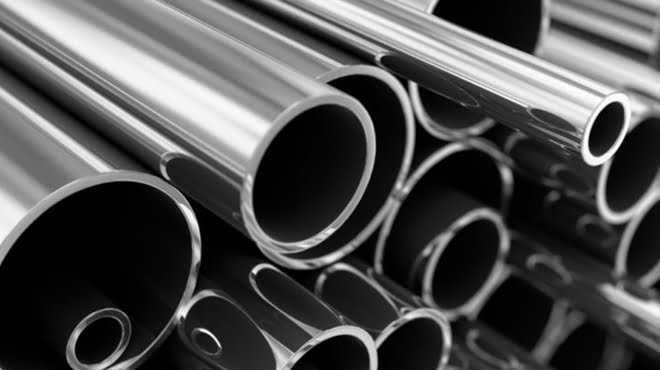This information is part of a four-hour presentation STAINLESS STEELS IN THE WATER INDUSTRY, put together by NDE’s technical team and approved by Consulting Engineers South Africa (CESA), which is offered by NDE to companies considering the use of stainless steels in their water application projects, processes and installations.
As maintenance costs escalate and plant maintenance becomes more difficult, the use of stainless steels in water applications has increased significantly world-wide.
Care needs to be taken with selection and design of stainless steels in order to ensure low maintenance applications.
Pitting corrosion, caused by chlorides in water, is the most likely problem to arise during the life of a stainless steel installation.
Understanding the corrosion mechanisms which can occur in stainless steels can have a profound influence on the way we:
- Design equipment
- Design plant layout
- Design actual process
- Run the plant
AID TO SELECTION OF STAINLESS STEEL
There are over 500 grades of stainless steel and the graph below is an indicator of which grade is suitable for a particular application, based in this instance on water temperature and chloride levels.
In assessing upfront the grades to be specified, there are several areas that require attention:
- Temperature
- Chloride concentration of the water
- Oxygen content of the water
- Unusual conditions such as static solids and industrial waste water
- Introduction of chemicals
- Handling and storing of chemicals
- Flow rates
ADVANTAGES OF STAINLESS STEEL
After selection of the appropriate grades for the application(s) intended, stainless steels will offer significant advantages.
- There should be minimum problems with atmospheric corrosion provided the correct grade is chosen
- Stainless steels are better than other most commonly used materials in high velocity and turbulent flow lines
- They do not depend on coatings to perform well
- Stainless steel is a sustainable material and fully recyclable
The following table provides more details of the advantages offered by the different characteristics of stainless steels in water industry applications:
Characteristics
- High corrosion resistance
- No corrosion or leach products,
- no organoleptic or turbidity problems
- Smooth surface
- Recyclable
- Good wear and fatigue resistance
- Materials covered by well-defined standard specifications
- Attractive appearance
Advantages
- Low maintenance, consistent operation
- Clear and pure drinking water
- Less bacterial slime, low energy consumption,
- low cleaning costs, good for conveying wet solids
- Cost benefits and low environmental impact
- Low maintenance, long life
- Ready availability in most product forms
- Clean, hygienic, ‘high tech’ image
AREAS AND APPLICATIONS WHERE STAINLESS STEELS HAVE BEEN EFFECTIVELY USED
Stainless steels have many applications in the water industry, a few of which are listed below:
Mechanical and Biological systems
- Screening systems, sieves
- Grit chambers
- Aeration trenches and tanks
- Inlet and outlet construction for sedimentation tanks
- Scraper installation
- Screening drums
- Tank covers
- Sewage water transportation
- Gas transportation
Pipe systems
- Potable water mains and distribution systems
- Sewerage water transportation
Hardware & miscellaneous
- Lining for concrete tanks
- Manholes and covers
Desalination
- 2507 super duplex has replaced titanium in many applications
- 2205 has replaced more expensive grades such as 904L and 254SMO
- LDX 2101 has replaced more expensive 316L
COST BENEFITS
Upfront Costing
Projects are often costed solely on upfront costs for a specific budget period and the future costs are ignored. The savings of low maintenance, corrosion resistant stainless steels on a Life Cycle Costing basis have always been apparent. Now, with the creation of many new lighter and stronger grades of stainless steel, the Upfront Costs are reducing and becomingly beneficial.
Life Cycle Costing
- The enormous cost savings achieved with a maintenance-free product are becoming more relevant
- Tanks pipes and structures which do not require periodic repainting or replacement become a huge advantage
The graphic below is an illustration of the significant cost saving of stainless steels over the life of a project, system or installation.
TOTAL LIFE CYCLE COST
SUMMARY
Provided that care is taken with:
- use of the correct grade (specified by a specialist)
- correct design to ensure minimising corrosion and mechanical problems
Stainless steels can offer highly successful and economically viable solutions for your plant both in first-off/upfront costs and life cycle costing
NDE, with in-house technical advice and many years of experience, can help you to specify, design and supply the stainless steel requirements for your water system.
